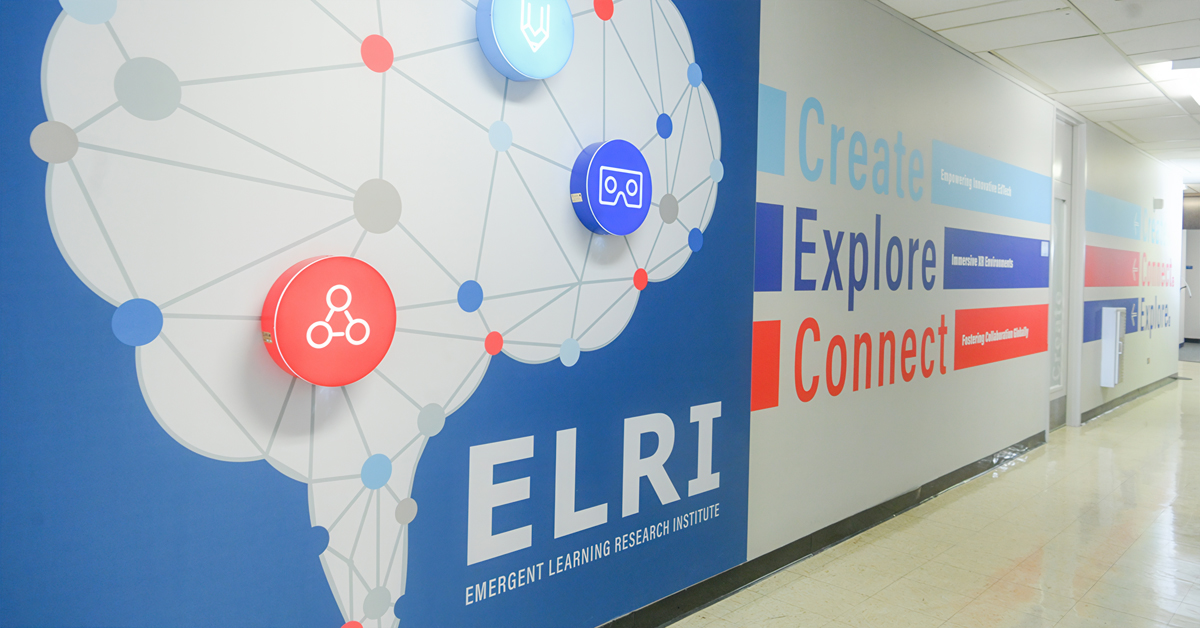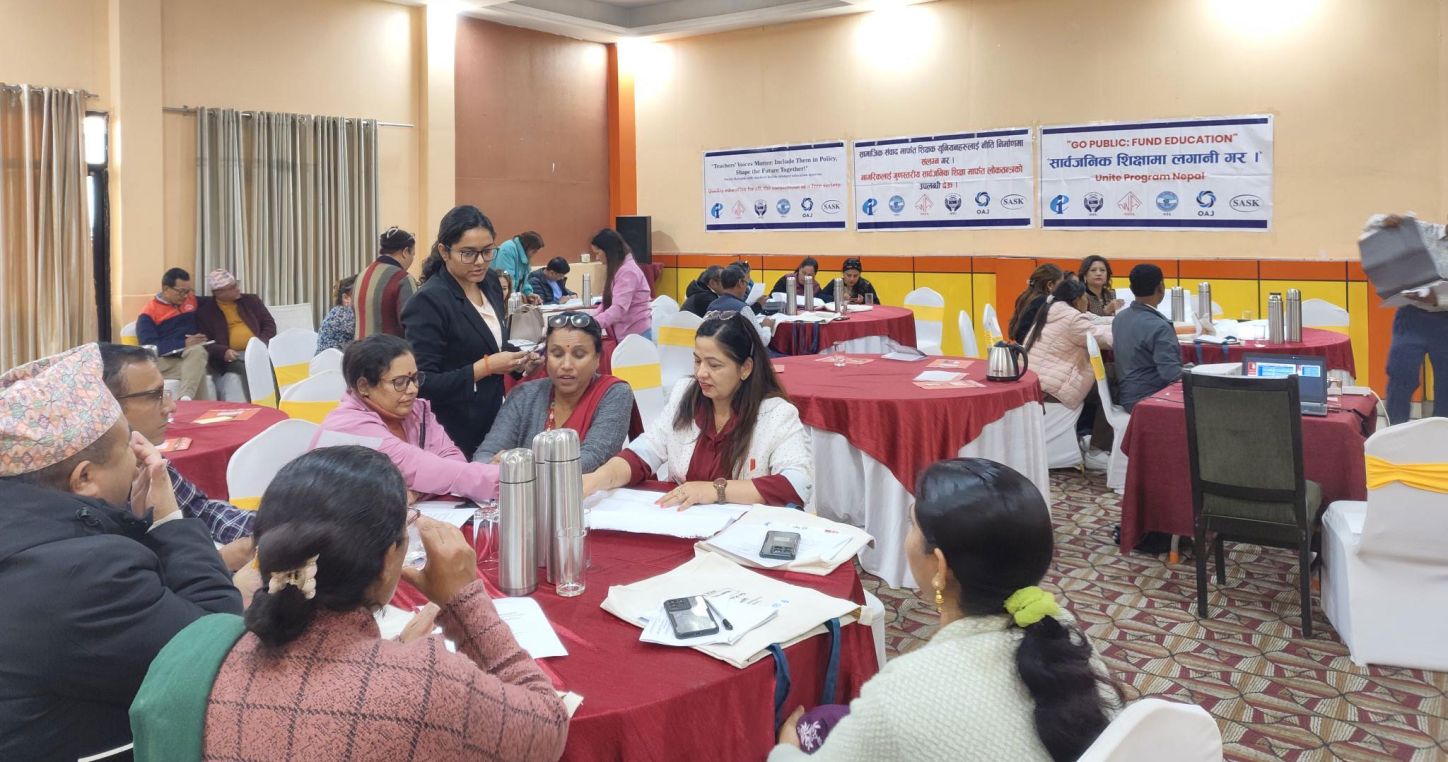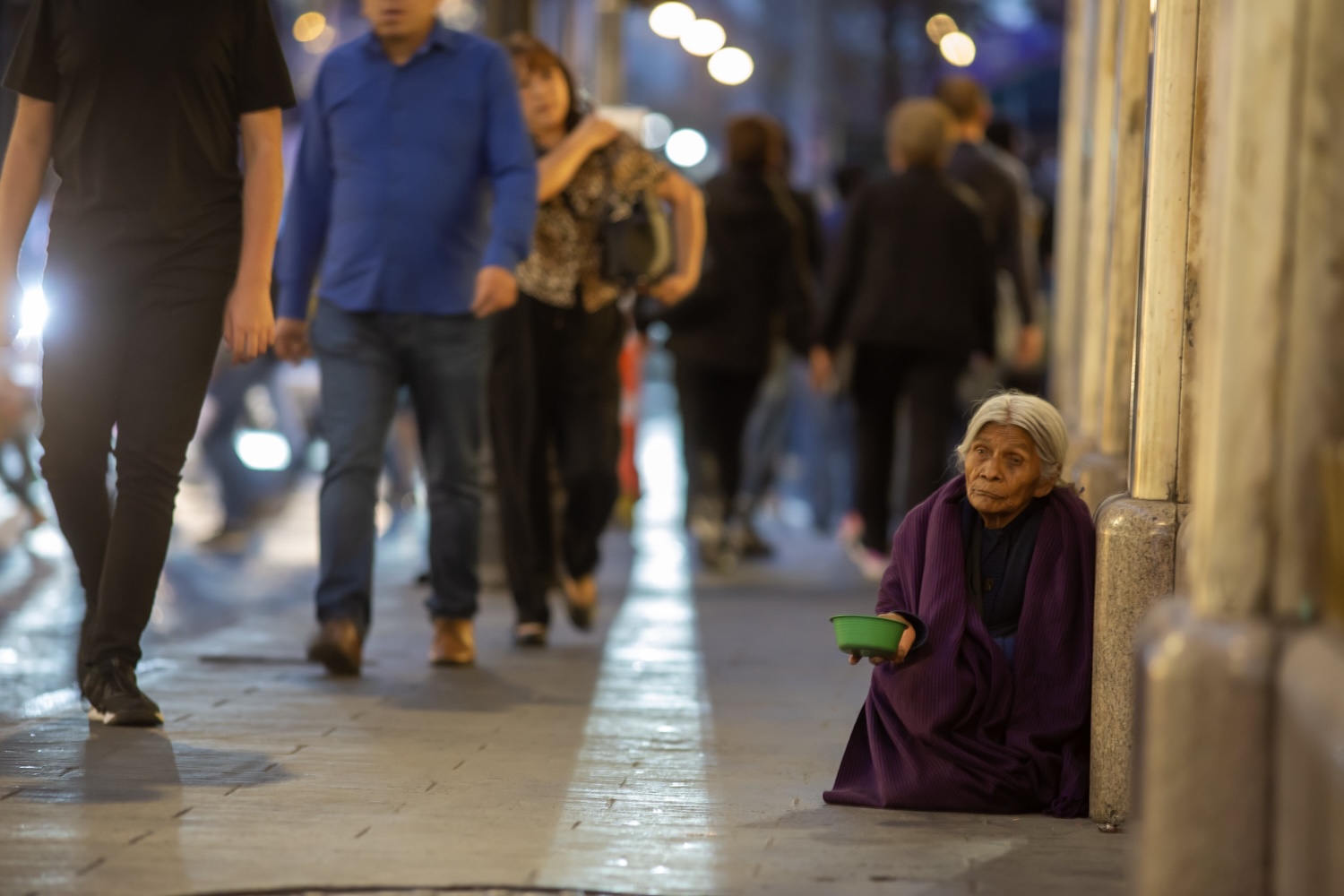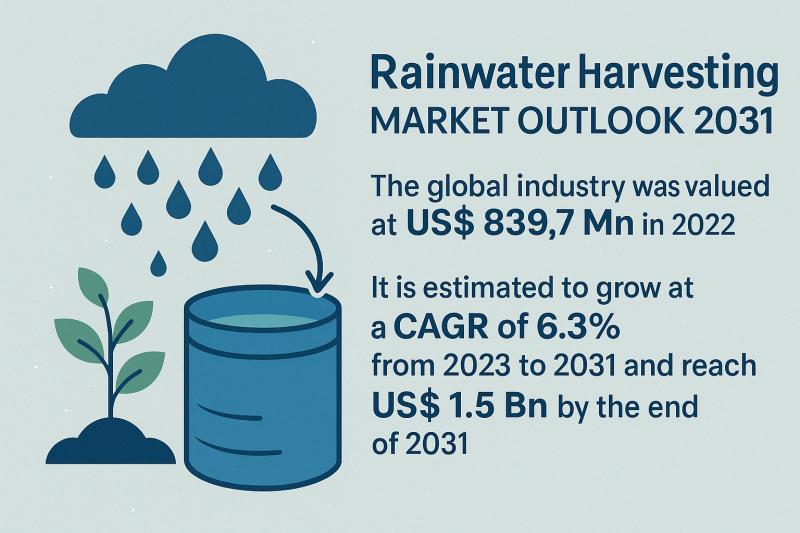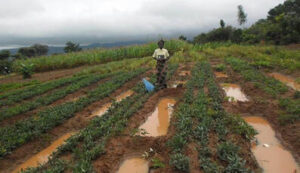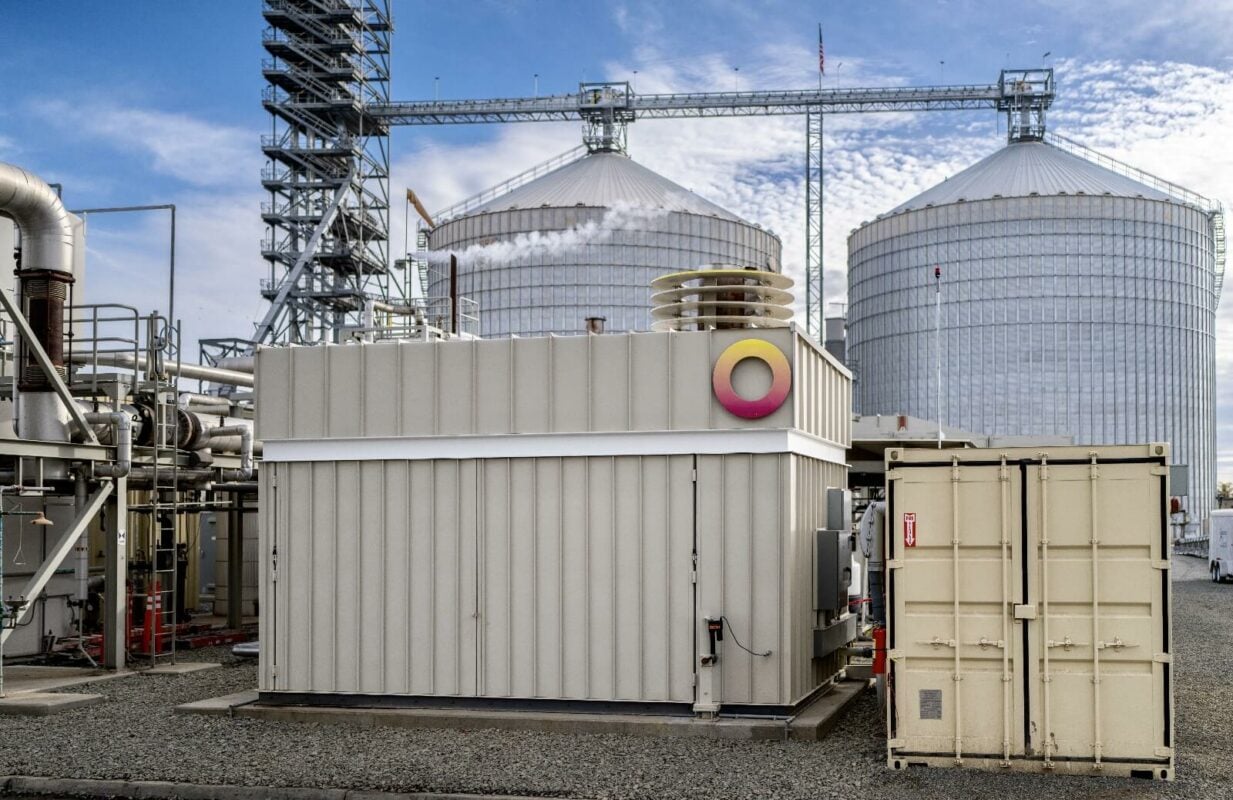Church donations seek to benefit more than 18,000 students in Central America – Deseret News

Humanitarian Aid Report: Enhancing Educational Infrastructure in Central America
Executive Summary
A recent initiative by The Church of Jesus Christ of Latter-day Saints, in partnership with the Ministries of Education in Panama and Guatemala, has significantly contributed to the advancement of United Nations Sustainable Development Goal 4 (SDG 4): Quality Education. Through the donation of essential furniture and supplies, the project has improved the learning environments for over 18,000 students across 425 educational institutions. This collaboration serves as a model for SDG 17: Partnerships for the Goals, demonstrating how non-governmental entities can effectively support public sector objectives to foster inclusive and equitable education.
Project Analysis and Alignment with SDG 4: Quality Education
The core objective of this project was to address critical infrastructure gaps in preschools, primary schools, and secondary schools, directly supporting the aims of SDG 4, which seeks to ensure inclusive and equitable quality education and promote lifelong learning opportunities for all.
Contribution to SDG Target 4.a: Effective Learning Environments
The initiative directly addresses SDG Target 4.a, which calls to “build and upgrade education facilities that are child, disability and gender sensitive and provide safe, non-violent, inclusive and effective learning environments for all.” By providing essential equipment, the project enhances the physical learning space, making it more conducive to education.
- Donated Supplies: Desks, chairs, blackboards, and preschool tables.
- Stated Goal: To create “more productive learning environments.”
- Impact: The provision of basic furniture is a foundational step toward establishing the safe and effective learning environments envisioned by SDG 4.
Implementation Through SDG 17: Partnerships for the Goals
The success of this initiative was predicated on a strong collaborative framework, exemplifying the principles of SDG 17, which encourages and promotes effective public, public-private, and civil society partnerships.
Collaborative Framework and Geographic Scope
The project was executed through formal coordination between The Church of Jesus Christ of Latter-day Saints and national education authorities. This partnership ensured that aid was directed to areas of greatest need and integrated seamlessly with national education strategies. Delivery ceremonies were attended by church officials, government representatives, teachers, and students, reinforcing the community and multi-stakeholder nature of the effort.
- Coordinating Partners: The Church of Jesus Christ of Latter-day Saints; Ministry of Education, Panama; Ministry of Education, Guatemala.
- Beneficiary Regions: Darien, Panama; Retalhuleu, Guatemala; Escuintla, Guatemala.
- Total Institutions Benefitted: 425 schools.
Stakeholder Endorsements
Key stakeholders affirmed the project’s value and its alignment with shared development goals. Elder Ryan K. Olsen of the Church’s Central America Area presidency noted the motivation stems from a “belief in the power of education” and a “duty we all have to serve others.” Mara Judith Landaverde, a departmental director of education in Guatemala, expressed profound gratitude, stating the donation “demonstrates their commitment to the well-being of the community.” These statements highlight the shared commitment to educational advancement and community welfare, a cornerstone of effective partnerships under SDG 17.
Measured Impact and Contribution to Sustainable Development
The project has yielded tangible outcomes that contribute to long-term sustainable development in the region. This initiative is consistent with similar efforts undertaken by the organization in other parts of the world, including the Philippines and Ghana, indicating a sustained global commitment to advancing SDG 4.
Key Outcomes
- Enhanced Infrastructure: Improved physical resources for 425 schools, directly supporting quality education delivery.
- Student Impact: More than 18,000 students now have access to better-equipped classrooms, which is crucial for educational attainment.
- Strengthened Partnerships: The project reinforces a successful model of collaboration between a faith-based organization and government bodies, advancing SDG 17.
By investing in educational infrastructure, this initiative provides a critical foundation for achieving other Sustainable Development Goals, including reducing poverty (SDG 1) and inequalities (SDG 10) through improved educational opportunities for future generations.
Analysis of Sustainable Development Goals (SDGs) in the Article
1. Which SDGs are addressed or connected to the issues highlighted in the article?
The article primarily addresses two Sustainable Development Goals (SDGs):
- SDG 4: Quality Education: The central theme of the article is the donation of furniture and supplies to improve educational facilities in Panama and Guatemala. The stated goal of the donation is to create “more productive learning environments” for students in preschools, primary schools, and secondary schools. This directly aligns with the mission of SDG 4 to ensure inclusive and equitable quality education.
- SDG 17: Partnerships for the Goals: The article highlights that the donations were made by The Church of Jesus Christ of Latter-day Saints “in coordination with each country’s Ministry of Education.” This collaboration between a civil society/religious organization and government bodies is a clear example of a multi-stakeholder partnership working to achieve a development goal, which is the core principle of SDG 17.
2. What specific targets under those SDGs can be identified based on the article’s content?
Based on the article’s content, the following specific targets can be identified:
- Target 4.a: Build and upgrade education facilities that are child, disability and gender sensitive and provide safe, non-violent, inclusive and effective learning environments for all.
- Explanation: The article explicitly states that the donation of “desks, blackboards, chairs and preschool tables” aims to create “more productive learning environments.” This is a direct contribution to upgrading education facilities to make them more effective for learning. The action focuses on the physical infrastructure necessary for quality education.
- Target 4.2: By 2030, ensure that all girls and boys have access to quality early childhood development, care and pre-primary education so that they are ready for primary education.
- Explanation: The article mentions that donations were made to “preschools” in addition to primary and secondary schools. By providing furniture and supplies like “preschool tables,” the initiative directly supports the improvement of pre-primary education facilities, contributing to this target.
- Target 17.17: Encourage and promote effective public, public-private and civil society partnerships, building on the experience and resourcing strategies of partnerships.
- Explanation: The entire initiative is described as a joint effort. The article notes the collaboration between “The Church of Jesus Christ of Latter-day Saints” (a civil society organization) and “each country’s Ministry of Education” (a public entity). The quotes from both the Church official and the departmental director of education emphasize the value and success of this partnership.
3. Are there any indicators mentioned or implied in the article that can be used to measure progress towards the identified targets?
Yes, the article contains several implied indicators that can be used to measure the immediate outputs and impact of the initiative:
- Indicators for Target 4.a: While the article does not mention official UN indicators, it provides quantifiable data that serves as a direct measure of progress in upgrading education facilities.
- Number of schools with improved facilities: The article states that donations were made to 425 schools.
- Number of students benefiting from improved learning environments: The article specifies that the donations “will create ‘more productive learning environments’ for more than 18,000 students.”
- Type of equipment provided: The article lists the specific items donated, including “desks, blackboards, chairs and preschool tables,” which are tangible indicators of facility upgrades.
- Indicator for Target 17.17: The primary indicator is the existence and scale of the partnership itself.
- Existence of a multi-stakeholder partnership: The article documents the formal collaboration between The Church of Jesus Christ of Latter-day Saints and the Ministries of Education in Panama and Guatemala to achieve a common goal.
4. Summary Table of SDGs, Targets, and Indicators
| SDGs | Targets | Indicators (Identified or Implied in the Article) |
|---|---|---|
| SDG 4: Quality Education | Target 4.a: Build and upgrade education facilities…and provide safe…and effective learning environments for all. |
|
| Target 4.2: …ensure that all girls and boys have access to quality early childhood development, care and pre-primary education… |
|
|
| SDG 17: Partnerships for the Goals | Target 17.17: Encourage and promote effective public…and civil society partnerships… |
|
Source: deseret.com

What is Your Reaction?
 Like
0
Like
0
 Dislike
0
Dislike
0
 Love
0
Love
0
 Funny
0
Funny
0
 Angry
0
Angry
0
 Sad
0
Sad
0
 Wow
0
Wow
0





